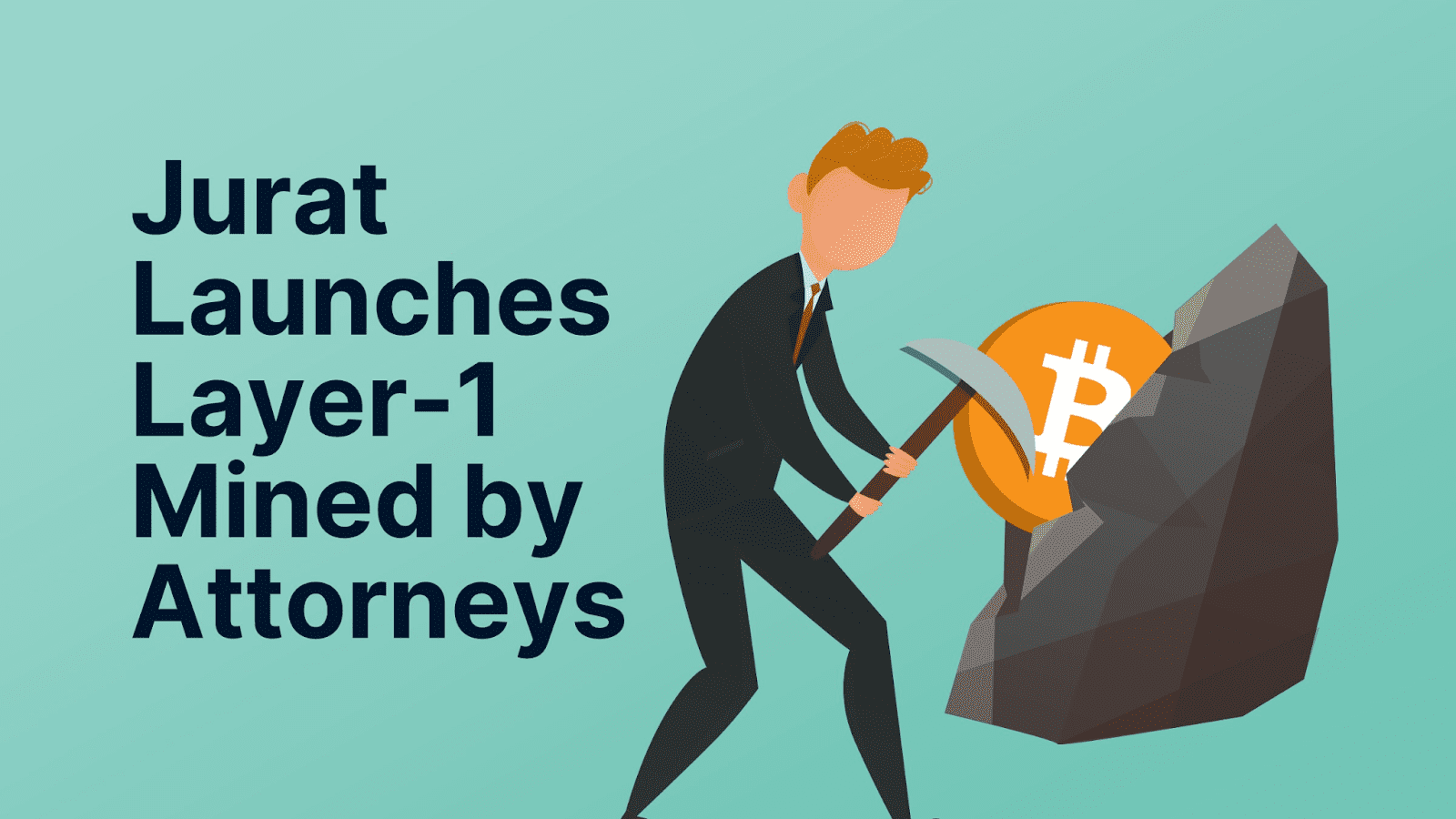Heading to Mayan ruin sites in Mexico? Drug gangs might demand your phone and passcode—and don’t be surprised if a gun battle breaks out
January 29, 2024 | by stockcoin.net

Travelers heading to Mayan ruin sites in Mexico may find themselves facing unexpected dangers. Drug gangs in the southern state of Chiapas, near the border with Guatemala, have been known to demand tourists’ phones and passcodes, and even engage in gun battles. The government has acknowledged that some Mayan sites are currently unreachable due to cartel violence and land disputes. Tourist guides have reported that two other sites, Bonampak and Lagartero, are only accessible through drug gang checkpoints. Despite the risks, the government continues to claim that these sites are safe for visitors. However, the escalating violence and increasing control of cartels over the region have caused many guides to refuse to take tourists to these sites. The impact has been devastating for Indigenous communities who rely on tourism as a vital source of income.
Heading to Mayan ruin sites in Mexico? Drug gangs might demand your phone and passcode—and don’t be surprised if a gun battle breaks out

Introduction
Mexico’s state of Chiapas is home to several Mayan ruin sites, attracting tourists from around the world. However, these sites have become inaccessible due to the increasing violence caused by drug cartels and land disputes. Visitors face the risk of encountering drug gang checkpoints, dangerous roads, and even gun battles. This situation has raised safety concerns for travelers and has had a significant impact on tourism in the region.
Mayan ruin sites in Chiapas
Chiapas boasts several famous Mayan ruin sites, including Yaxchilán, Bonampak, Lagartero, and Tonina. These sites are known for their historical significance and stunning architectural remains. However, due to the presence of drug cartels and land disputes, accessing some of these sites has become extremely challenging and dangerous.

Cartel violence and land disputes
The increase in drug cartel violence in Chiapas has made it difficult for visitors to reach certain Mayan ruin sites. The Yaxchilán ruin site has been completely cut off due to ongoing cartel battles in the area. Land disputes have also affected access to the imposing pyramids of Tonina, as a landowner has closed off his property, demanding payment from the government. These conflicts have resulted in restricted access to these important archaeological sites.
Drug gang checkpoints
Tourist guides in Chiapas have revealed that visitors attempting to reach Mayan ruin sites must pass through drug gang checkpoints. At these checkpoints, travelers are required to hand over identification and cellphones, with drug gangs demanding passcodes to access personal information. This invasion of privacy puts tourists at risk and creates an environment of fear and insecurity.

Dangerous road to Bonampak
The road leading to Bonampak, famous for its murals, is particularly dangerous due to ongoing cartel activity. Armed gunmen and checkpoints can be frequently seen along this route, deterring many tour guides from taking tourists to the site. The risk of a gun battle breaking out at any given time poses a significant safety concern for visitors.
Cartel checkpoints at Lagartero
To access the Lagartero archaeological site, travelers are forced to go through cartel checkpoints. At these checkpoints, individuals must surrender their identification and cellphones, potentially compromising their personal information. The presence of rival drug gangs in the area further adds to the danger, as conflicts between these groups can erupt at any moment.

Travel restrictions to Tonina
The imposing pyramids at Tonina are currently inaccessible to visitors due to the closure of the site by a landowner. The landowner is seeking payment from the government, effectively shutting off access to this important Mayan ruin site. The closure of Tonina highlights the impact of land disputes on tourism in the region.
Government’s response
Despite the dangers and access restrictions posed by drug cartels and land disputes, the Mexican government claims that the Mayan ruin sites in Chiapas remain open to the public. The National Institute of Anthropology and History (INAH) states that Bonampak and Lagartero are safe and under its control. However, these claims have been met with skepticism, as many tour guides have chosen to avoid these sites, prioritizing the safety of their tourists.

Safety concerns for visitors
The safety concerns surrounding Mayan ruin sites in Chiapas have led to a decline in tourism in the region. Tourists have canceled trips to the area, fearing for their safety and the potential risks associated with visiting these sites. The once adventurous excursions to remote jungle ruins, like Yaxchilán, have become too risky, and guides have publicly announced their refusal to take tourists there.
Impact on tourism
Tourism plays a significant role in the local economy of Chiapas. The closure and restricted access to Mayan ruin sites have had a detrimental effect on the communities that depend on tourism for their livelihoods. Many local businesses, including handicraft sellers and tour operators, have suffered financially due to the decline in visitors. The lack of alternative industries exacerbates the economic impact on the region.
Problem beyond control
The escalation of cartel violence and land disputes in Chiapas has created a problem that seems to be beyond anyone’s control. The Mexican government’s response has been criticized for downplaying the severity of the situation and dismissing claims of danger. The National Guard’s attempts to address the issue have been met with resistance from local residents who are often coerced or recruited by drug cartels to prevent law enforcement from entering their communities.
The role of Indigenous residents
Many residents in Chiapas are members of Indigenous groups with ancestral ties to the ancient Maya civilization. The involvement of these communities in cartel fights further complicates the situation, as it jeopardizes their already precarious existence. Indigenous groups, such as the Choles and Lacandones, face the potential loss of their land and cultural heritage due to their involvement in cartel activities.
Cartel presence in the jungle areas
The Mayan ruin sites in Chiapas are located in jungle areas that have become hotspots for cartel activities. These remote regions provide hiding places for drug traffickers and serve as landing strips for smuggling operations. The presence of cartels in these areas poses a significant risk to both residents and tourists, as gun battles and confrontations between rival groups can occur unexpectedly.
Economic impact on local communities
The economic impact of restricted access to Mayan ruin sites is felt by local communities in Chiapas. Tourism serves as one of the few sources of income in the region, providing opportunities for employment and generating revenue for businesses. The decline in tourist visits has resulted in a loss of income for communities that rely heavily on tourism-related activities, such as craft sales and boat trips. The lack of alternative industries exacerbates the economic hardship faced by these communities.
In conclusion, the increase in cartel violence and land disputes in Chiapas has severely impacted the accessibility and safety of Mayan ruin sites. Visitors face the risk of encountering drug gang checkpoints, dangerous roads, and even gun battles, deterring tourists from exploring these historical and cultural treasures. The decline in tourism has had a detrimental effect on the local economy, particularly for communities that depend on tourism as a source of income. The situation highlights the need for effective government intervention to address the security concerns and preserve these significant archaeological sites.

RELATED POSTS
View all





